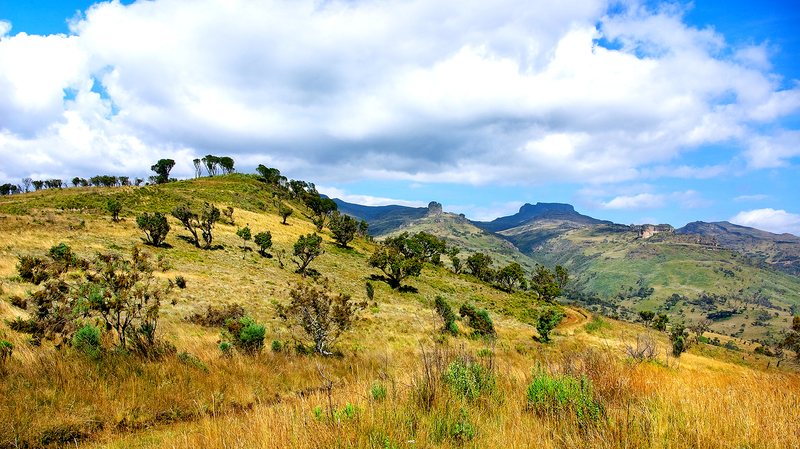- Home
- Attractions
- All Attractions
- ATTRACTIONS PROFILES
Lake Oloiden
Lake Oloiden is a volcanic crater lake and is home to Kenyas largest flower farms. It is a great destination for tourists wanting to get away from the usual and beaten tracks. It hosts thousands of flamingos and a boat ride in this lake is an amazing experience.
-
Game Reserve
-
Lake or River
-
Lake or River
Mt. Longonot National Park
“Sheer Adventure”
Rising from the floor of the Great Rift Valley like a monolith is the extinct volcano of Mount Longonot. A unique feature is the thick forest that lies within the crater of the mountain. The crater rim also provides great scenic views across the beautiful Rift Valley all the way to Lake Naivasha. Major wildlife attractions at Mount Longonot include buffaloes, elands, lion, leopard, bushbucks, common zebra, giraffe and Grant’s gazelles.
Attractions
- Extinct volcano and crater forest, Scenic Landscape, Views of lake Naivasha and the Great Rift Valley.
- The park is a paradise for birds of prey
Park Fees
|
Mount Longonot National Park |
Citizen |
Resident |
Non-Resident |
|||
|---|---|---|---|---|---|---|
|
Adults KSH |
Child KSH |
Adult KSH |
Child KSH |
Adult USD |
Child USD |
|
|
300 |
215 |
600 |
300 |
26 |
17 |
|
-
Mountain
-
National Park
-
Volcano
Hells Gate National Park
Hell's Gate National Park is named after a narrow break in the cliffs, once a tributary of a prehistoric lake that fed early humans in the Rift Valley. It received the name "Hell's Gate" by explorers Fisher and Thomson in 1883.
In the early 1900s, Mount Longonot erupted, and ash can still be felt around Hell's Gate. The comprehensive Olkaria Geothermal Station, the first of its kind in Africa, was established in 1981 and generates geothermal power underneath Hell's Gate from the area's hot springs and geysers.The park was officially established in 1984.
Hell's Gate National Park covers an area of 68.25 square kilometres (26 sq mi), relatively small by African standards.[The park is at 1,900 metres (6,200 ft) above sea level. It is within NAkuru County near Lake Naivasha and approximately 90 kilometres (56 mi) from. The park is located 14 kilometres (9 mi) after the turnoff from the old Nairobi-Naivasha highway, and has a warm and dry climate. Olkaria and Hobley's, two extinct volcanoes located in the park, can be seen as well as obsidian forms from the cool molten lava. Within Hell's Gate is the Hells Gate Gorge, lined with red cliffs which contain two volcanic plugs: Fischer's Tower and Central Tower. Off of Central Tower is a smaller gorge which extends to the south and of which a path descends into hot springs that at some places you can find rocks that will burn you. also there is a fair amount of sulfur you can feel in the water.
There is a wide variety of wildlife in the national park, though many are few in number. Examples of little seen wildlife include lions, leopards, and cheetahs. However, the park has historically been an important home for the rare lammergeyer vultures. There are over 103 species of birds in the park, including vultures, Verreaux's eagles , augur buzzard and swifts. Hyraxes, African Buffallo , Zebra, Eland, Hartebeest, Thomson's Gazelle, Hyena and serval and baboons are also common.
-
Birding Site
-
Mountain Climbing
-
National Park
Lake Nakuru National Parks
“The Bird Watchers’ Paradise”
On the floor of the Great Rift Valley, surrounded by wooded and bushy grassland, lies the beautiful Lake Nakuru National Park. Visitors can enjoy the wide ecological diversity and varied habitats that range from Lake Nakuru itself to the surrounding escarpment and picturesque ridges. Lake Nakuru National Park is ideal for bird watching, hiking,picnic and game drives.
How to get there
- Roads:The park has a tarmac road connection with Nairobi, a distance of 156 km north west of Nairobi on the main A104 road. The most commonly used route into the park is via the main gate, 4 km from Nakuru Town Centre. It is also possible to enter the park from the main Nairobi Nakuru road at Lanet Gate. The Nderit Gate is used by people accessing the park from Masai Mara or Elementaita.
- Airstrips:The Naishi airstrip services the park for tourism and KWS activities.
- Park Roads:The park has an adequate and well serviced motorable roads that make most parts of the park accessible.
- Park Gates:The park has three gates, Main Gate and Lanet Gate that link the park with the Nairobi-Nakuru highway and the less used Nderit Gate.
Attractions
- Flamingo (Greater and Lesser) and other water birds including a variety of terrestrial birds numbering about 450 species in total.
- Mammals: 56 different species including white rhinos,waterbuck etc.
- View-points: Lion hill, Baboon cliff and Out of Africa
- Hills: Enasoit, Honeymoon, Lion hill ridge etc
- Waterfalls: Makalia.
- Unique vegetation: About 550 different plant species including the unique and biggest euphorbia forest in Africa, Picturesque landscape and yellow acacia woodlands.
- Cycle with rhino event every September yearly
Park Fees
|
Lake Nakuru National Park |
Citizen |
Resident |
Non-Resident |
|||
|---|---|---|---|---|---|---|
|
Adults KSH |
Child KSH |
Adults KSH |
Child KSH |
Adults USD |
Child USD |
|
|
860 |
215 |
1,030 |
515 |
60 |
35 |
|
-
Birding Site
-
Lake or River
-
Lake or River
-
National Park
Lake Elementeita National Reserve
This reserve is set around the small soda lake of Elementeita. The lake is surrounded by spectacular countryside that played an important role in the early colonial history of Kenya. The lake attracts many visiting flamingo and its shores are grazed by zebra, gazelle, eland, and families of warthog.
-
Birding Site
-
Lake or River
-
Lake or River
-
National Reserve
Masai Mara National Reserve
The reserve is Kenyas most-visited protected area. This world famous reserve is known for its high density of herbivores and predators, and the annual migration of wildebeest (Connochaetes taurinus). It has over 95 species of mammals, amphibians and reptiles, and over 400 bird species.
It is named in honor of the Maasai people (the ancestral inhabitants of the area) and their description of the area when looked at from afar: "Mara," which is Maa (Maasai language) for "spotted," an apt description for the circles of trees, scrub, savanna, and cloud shadows that mark the area.
It is globally famous for its exceptional population of Masai Lions, African Leopards and Tanzanian Cheetahs, and the annual migration of Zebra, Thomson's gagelle, and Wildebeest the Serengeti every year from July to October, known as the Great Migration.
The Maasai Mara National Reserve is only a fraction of the Greater Mara Ecosystem, which includes the following Group Ranches: Koiyaki, Lemek, Ol Chorro Oirowua, Olkinyei, Siana, Maji Moto, Naikara, Ol Derkesi, Kerinkani, Oloirien, and Kiminte
Park Fees
Park fees – Per Person Per Day (pppd)
NON RESIDENTS
- Non Resident Adults Inside the park – US$ 70
- Non Resident outside the park – US$ 80
- Non Resident Children inside the park – US$ 40
- Non Resident Children outside the park -US$ 45
- Non Resident Student Adult – US$ 40
- Non Resident Student Children – US$ 20
EAST AFRICAN CITIZEN (Ksh)
- Citizen Adults – Ksh. 1000
- Citizen Children – Ksh. 200
- Citizen Student – Ksh. 200
EAST AFRICAN RESIDENTS (Ksh)
- Resident Adult – Ksh 1,200
- Resident Children – Ksh 300
- Resident Student – Ksh 300
-
Birding Site
-
National Reserve
-
Wildlife Conservancy
Ruma National Park
“The Valley of the Roan”
A mosaic of landscapes, ranging from riverine woodland and rolling savannah to magnificent escarpments and towering cliffs, Ruma National Park promises undiscovered wildlife treasures and undisturbed peace. It is also Kenya’s last remaining sanctuary for the endangered roan antelope. Ruma lies on the flat floor of the seasonally watered Lambwe River Valley bordered by the Kanyamwa Escarpment to the South-East, and by the volcanic plugs of the Ruri Hills to the north. Ruma’s birdlife is exceptional.
The park is also the only protected area in Kenya where the globally threatened blue swallow, a scarce intra-African migrant, is regularly recorded. Blue swallows, which depend upon moist grassland for both feeding and roosting, arrive in Kenya from their breeding grounds in Southern Tanzania around April and depart again in September.
Key features
Ruma National Park lies in Western Kenya, close to the shores of Lake Victoria. An island of wilderness in a sea of intense cultivation, the Park is situated in one of the most productive and populous regions in Kenya, and is one of the country’s more rewarding but less well known Parks.
A mosaic of landscapes, ranging from riverine woodland and rolling savannah to magnificent escarpments and towering cliffs, Ruma National Park promises undiscovered wildlife treasures and undisturbed peace. It is also Kenya’s last remaining sanctuary for the endangered roan antelope.
A vivid and Varied Landscape
Ruma lies on the flat floor of the seasonally watered Lambwe River Valley. Bordered by the Kanyamwa Escarpment to the South-East, and by the Volcanic plugs of the Ruri Hills, to the North, the Park is a long, narrow corridor of land contained on a fist-shaped peninsular extending into Lake Victoria. The terrain is mainly rolling grassland, with tracts of open woodland thickets. The soils are largely “black cotton” clay (Oxisols).
Attractions
The Last Refuge of the Roan Antelope
One of Africas’ rarest antelopes and the third largest of Kenya’s antelopes, the roan (or Korongo as it is known in Swahili) is a large, grey to rufous antelope with a distinctive black and white face, not unlike a tribal mask. Roans live in herds of upto 20 members, led by a bull.
The Oribi Antelope
The small and graceful oribi antelope (known as Taya in Swahili) has a conspicuous bare black glandular patch below the ears, a short black-tipped tail and black knee tufts. Living in strongly bonded pairs or small groups, oribi inhabit grassland and dense undergrowth.
Realm of rare birds
Ruma’s birdlife is exceptional. The park is also the only protected area in Kenya where the globally threatened blue swallow, a scarce intra-African migrant, is regularly recorded. Blue swallows, which depend upon moist grassland for both feeding and roosting, arrive in Kenya from their breeding grounds in Southern Tanzania around April and depart again in September.
Park Fees
|
Ruma National Park |
Citizen |
Resident |
Non-Resident |
|||
|---|---|---|---|---|---|---|
|
Adults KSH |
Child KSH |
Adult KSH |
Child KSH |
Adult USD |
Child USD |
|
|
350 |
200 |
600 |
350 |
25 |
15 |
|
-
Birding Site
-
National Park
Kakamega Forest National Reserve
“The Canopy of Natural Beauty”
Time has stood still for the Kakamega Forest, a remnant of the rain forest that stretched all across Central Africa. This beautiful forest is home to various mammals including bush pigs, giant forest hedgehogs, colobus monkeys, Debrazzar monkeys and pottos. Some of the birds to be seen here include the Blue Headed Bee Eater, Black Billed Turaco, Turner’s Eremomela and Grey Parrots. Bird watching, hiking and rock climbing can be enjoyed here in the serenity of the forest that time forgot.
Key features
- In the reserve do not miss, the view point of Buyangu Hill with the wonderful overview of the surrounding forest especially impressive at sunrise.
- Small but lovely Isiukhu fall.
- The giant tree on Mukangu trails.
- The nature trails with labeled trees of interest and pollinator garden near KEEP office.
- The only remnant in Kenya of the once great tropical rainforest that stretched across central Africa.
- Home to several hundreds of species of birds, snakes, monkeys, bushbucks, duikers, countless tree species and natural glades.
- The species include: over 380 species of trees, 330 species of birds, 27 species of snakes, 7 primates, over 400 species of butterflies and several mammals.
How to get there
- By road - The shortest route from Nairobi (418 km) is via Nakuru and Kapsabet. Take the A104 road as far as Timboroa and continue for another 4 km until you see left turn which takes you to the C36 road to Kapsabet from there take the C39 road until it joins the Kisumu – Kakamega road.From Eldoret the shortest route is via the C39 road to Kapsabet.
- By air - There are now scheduled flights to Kakamega and visitors can also fly to Kisumu or Eldoret and travel by road to Kakamega.
Attractions
Mammals
- Bush pig, Giant Forest Hedge Hog, Colobus Monkey, Debrazzar Monkey, Potto, Clawless Offer and many others.
Birds
- Blue Headed Bee Eater, Black Billed Turaco, Turners Eremomela,Grey Parrot
Snakes
- Black Lipped Cobra, Rhinoceros Horned Viper, Gabon Viper,Forest Cobra among others
Trees
- Prunus Africana, Olea Capensis, Maesopsis Emini
Park Fees
|
Kakamega Forest Reserve |
Citizen |
Resident |
Non-Resident |
|||
|---|---|---|---|---|---|---|
|
Adults KSH |
Child KSH |
Adult KSH |
Child KSH |
Adult USD |
Child USD |
|
|
350 |
200 |
600 |
350 |
25 |
15 |
|
-
Birding Site
-
National Reserve
Ndere Island National Park
“The Island of Serenity and Beauty”
Located on Lake Victoria, this island is a haven for birds. Covered mostly in grassland, Ndere Island provides beautiful scenic views of the Homa hills to the south, Mageta Island to the east and the glimpses of Kampala in Uganda beyond the south west horizon. The lake shore supports a wide variety of animals including hippos, monitor lizards, Nile crocodiles, several fish species, snakes, baboons, impalas, the rare sitatunga antelopes, water bucks, zebras and warthogs. Over 100 different species of birds can be seen here including African fish eagles, black headed gonoleks and grey headed kingfishers.
The park has a superb environment of serenity and fresh air, courtesy of the surrounding waters of Lake Victoria. Wildlife also includes De Brazzas monkeys, Olive baboons, and variety of fish species.
Key features
- The island has beautiful sceneries with a distant view of Homa hills to the south, Mageta island to the East and the imagination of Kampala beyond south west horizon.
- The air and lake breeze leave one with feeling of freshness and buoyancy
Attractions
- The vegetation on the island is predominantly grassland; a pure stand of tall grass of the species loudentia natalensis. This grass takes a brown color when flowering; hence the top of the island is brownish (“Chula rabuor” in dholou).
- The island is interspersed with indigenous tree species and shrubs including dovyalisx, macro calyx, euclea divinorum and Carissa adulis among others.
- Woodland and forest remnant are found on the lower rim of the island almost as extensive as the bushland.Papyrus reeds are common features along the shoreline.
- Lake shores inhabitants include hippopotamus, monitor lizard, Nile crocodile, several fish species and snakes especially pythons, puff adder, aardvark, butterflies and vipers are also evident. We also have troops of baboons, monkeys, impalas, the rare sitatunga antelopes, water bucks, Zebras and warthogs. We have over 100 different species of birds e.g African fish eagle, black headed gonolek,Hamerkop,grey headed kingfisher.
Park Entry Fee
|
Ndere Island National Park |
Citizen |
Resident |
Non - Resident |
|||
|---|---|---|---|---|---|---|
|
Adults KSH |
Child KSH |
Adults KSH |
Child KSH |
Adults USD |
Child USD |
|
|
350 |
200 |
600 |
350 |
25 |
15 |
|
-
Lake or River
-
Lake or River
-
National Park
Kisumu Bird Sanctuary
This sanctuary is well set in a large area of swampland, providing a fantastic breeding ground for herons, storks, cormorants and egrets. The best time to visit the sanctuary is between April and May. Like the Kisumu Impala sanctuary, this birding site is also just within the city of Kisumu.
-
Birding Site
Kisumu Impala Sanctuary
“Welcome to the Lakeside”
Set on the shore of Lake Victoria, the largest freshwater lake in Africa, the Kisumu Impala Sanctuary is a peaceful, relaxing place to enjoy the natural beauty that abounds here. The sanctuary hosts impalas, the rare Sitatunga antelope as well as big cats, buffalos, giraffes, cheetahs and several primate species. The sanctuary is also home to five campsites all with spectacular views of Lake Victoria. Bird watching, nature walks and glass bottomed boat rides compliment the activities availed at the sanctuary.
This is home hosts over 115 species of birds. In November each year, it plays a significant role of being the focal point for the annual Kisumu Impala conservation boat racing event.
Key features
Lake Victoria
- With an area approaching 70,000 sq km, is the largest lake in Africa and the second largest freshwater lake in the world (after Canada’s Lake Superior). Unlike the lakes further west, Lake Victoria is not of the Rift Valley system and is wide and shallow (only 80m deep) with shores spanning three countries.
- Free ranging and captive animals, birdlife, indigenous forest, swampy papyrus areas , grassland, rocky view area, nature trails, Sundowner view point and less than 200metres railway line.
Facilties
- Animal enclosures
- Campsite with cool shade of indigenous trees, mains electricity and tap water
- Modern Kitchen ideal for Self-catering clients
- An ablution with shower rooms
- Sun downer view point- gives an excellent view of the sunset in the evening
- 5 picnic sites namely, Impala, sunset, albizia, baboon, simba- All sites give spectacular view of the lake. The picnic sites are also ideal for wedding, parties and corporate events.
- Mini- museum
Attractions
- Free ranging herds of impalas, zebras and vervet monkeys
- Animal orphanage which hold species under special care.
- The local hippo population and threatened Sitatunga antelope
- A shady and peaceful place with its abundance of birdlife and picnic sites beside the lake
- The sanctuary provides an ideal refuge away from Kisumu’s busy and noisy town centre.
- Lake Victoria being the 2nd largest fresh water in the world and the largest one in Africa
Birds
- Over 115 species have been recorded
Wildlife
- Lions, lionesses, leopard, baboons, hyena, Serval cat, buffaloes, giraffe, cheetahs, bushbuck, patas monkey, bush duiker, tortoise, warthogs, guinea fowl, ostriches, parrots, fischers love birds and blue monkey.
When to go
The park is open all year round from 6.00am-6.00pm
|
Kisumu Impala Sanctuary |
Citizen |
Resident |
Non - Resident |
|||
|---|---|---|---|---|---|---|
|
Adults KSH |
Child KSH |
Adults KSH |
Child KSH |
Adults USD |
Child USD |
|
|
215 |
125 |
300 |
170 |
22 |
13 |
|
-
Animal Sanctuary
-
Birding Site
Mount Elgon National Park
"Untamed Wilderness, Secluded Splendor"
High in the mist-wreathed hills of western Kenya is a towering volcanic giant, crowned by a vast caldera etched by glacial tarns, honeycombed by labyrinthine caves, fissured by valleys and cascaded by streams. Visitors can explore the forest, see the elephant caves and also enjoy biking, hiking, and rock on the eighth highest mountain in Africa, Mount Elgon.
Key features
Vegetation
The diverse terrain and dramatic ascents of altitude combined with the vagaries of rainfall and weather produce four distinct vegetation zones on Mt. Elgon. They include:-
- The Lush Montane Forest (2000m-2500m): The forest is of the dry, highland evergreen type and includes over 100 species as well as epiphytic orchids, ferns and trailing lianas. The best place to see this type of forest is on the Chelulus circuit.
- Mixed Bamboo and Podocapus Zone (3000m-3500m): Together with the forest contain the highest biodiversity on the mountain.
- Heath Zone (3000m-3500m): is characterized by dense scrub, brilliant wildflowers
- Moorland Zone (3500m-4321m): Boasts of the highest number of endemic plants species on the mountain. The open moorland grassland is dotted with clusters of peculiar Giant grounded plus Lobelia plants which are unique to East Africa.
When to go
Open year round; the Mt. Elgon area can be wet throughout the year. The driest months are December to February. There is cross-border tourism initiative where tourists climb on the Kenyan side and descend on the Ugandan side or vise-versa for convenience.
What to take with you
- Plenty of water, picnic items, waterproof gear, warm clothing, walking boots, camera, camping equipment( if you intend to stay overnight) plus insect repellant.
- Also useful are binoculars, hat, sunscreen and field guides.
Attractions
Caves
Mt. Elgon is dotted with caves formed from ancient lava tubes namely Kitum, Making’eny, Chepnyalil ,Ngwarisha and many others some of which are outside protected areas
Salt-Mining Elephants of Kitum Cave
Kitum Cave is regularly visited by herds of elephants, dubbed the troglodyte tuskers, as well as bushbuck, Red Duiker, Grey Duiker and buffalo, all in search of the salts that abound in the mineral-rich earth of the caves.
Spectacular Waterfall
Making’eny Cave, located 1.5km from Kitum, has a spectacular waterfall over its mouth.
International designations
- Important bird area (IBA)
- UNESCO Man and Biosphere (MAB) site
|
Mt. Elgon National Park |
Citizen |
Resident |
Non - Resident |
|||
|---|---|---|---|---|---|---|
|
Adults KSH |
Child KSH |
Adults KSH |
Child KSH |
Adults USD |
Child USD |
|
|
300 |
215 |
600 |
300 |
26 |
17 |
|
-
Birding Site
-
National Park
-
Waterfalls
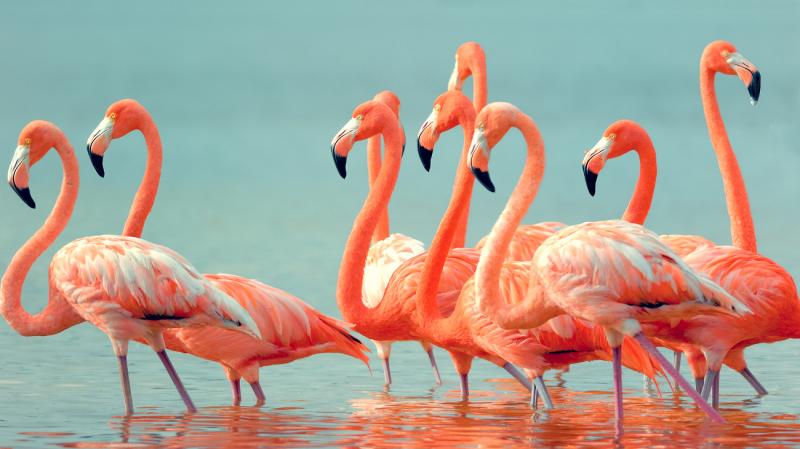
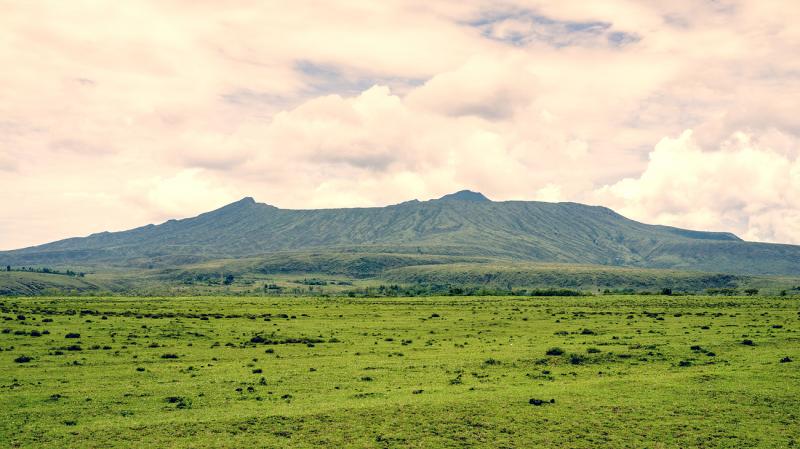
.jpg)
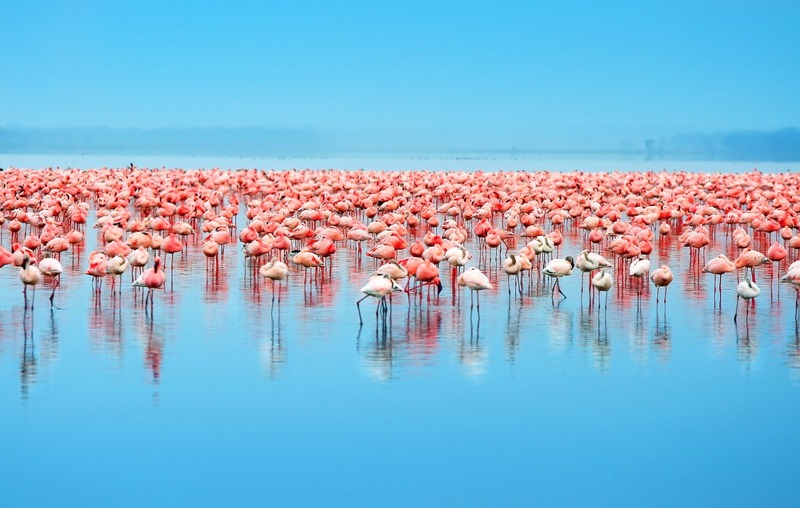
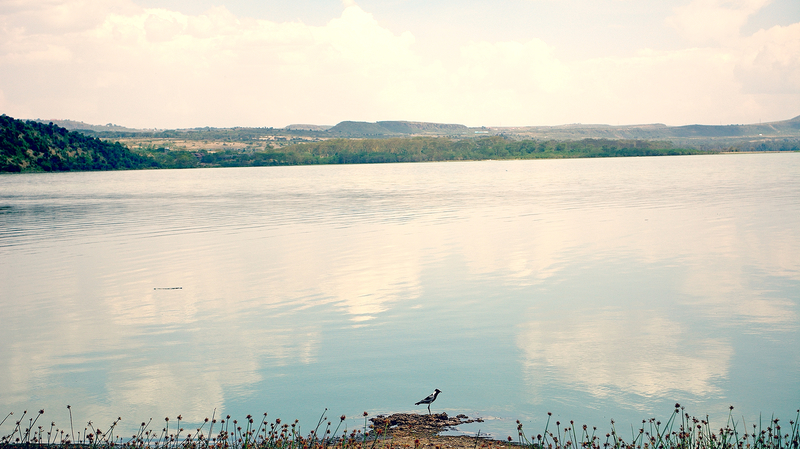
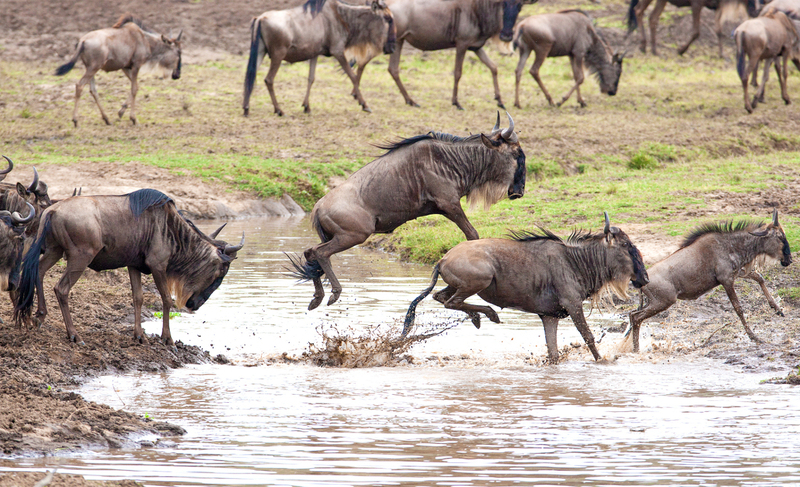
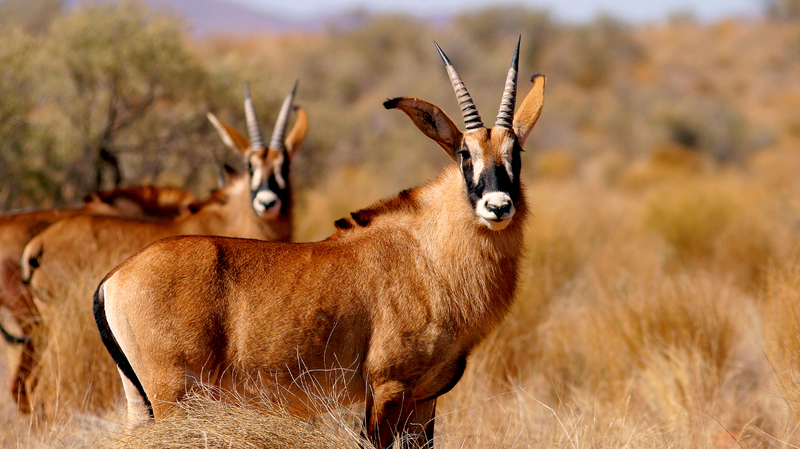
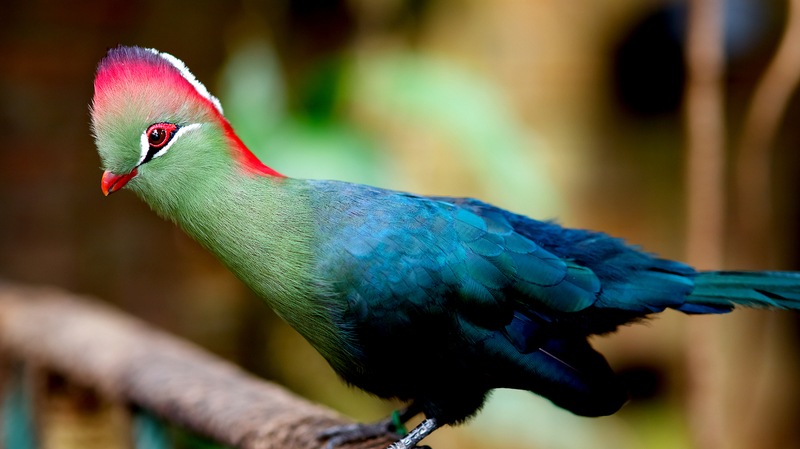
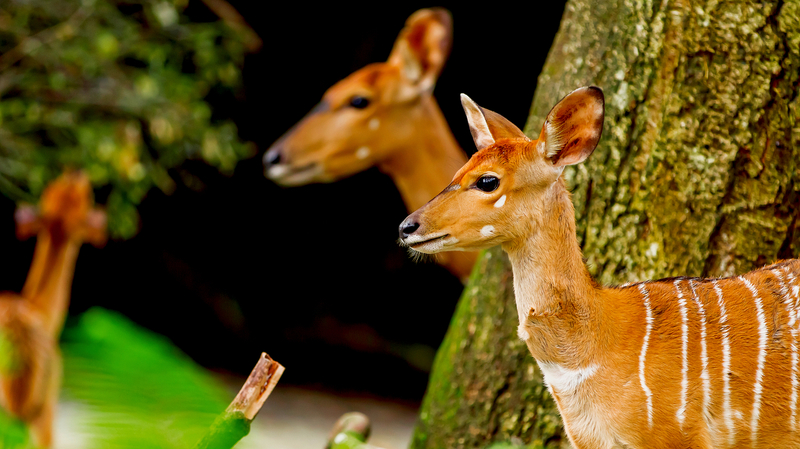
.jpg)
.jpg)
